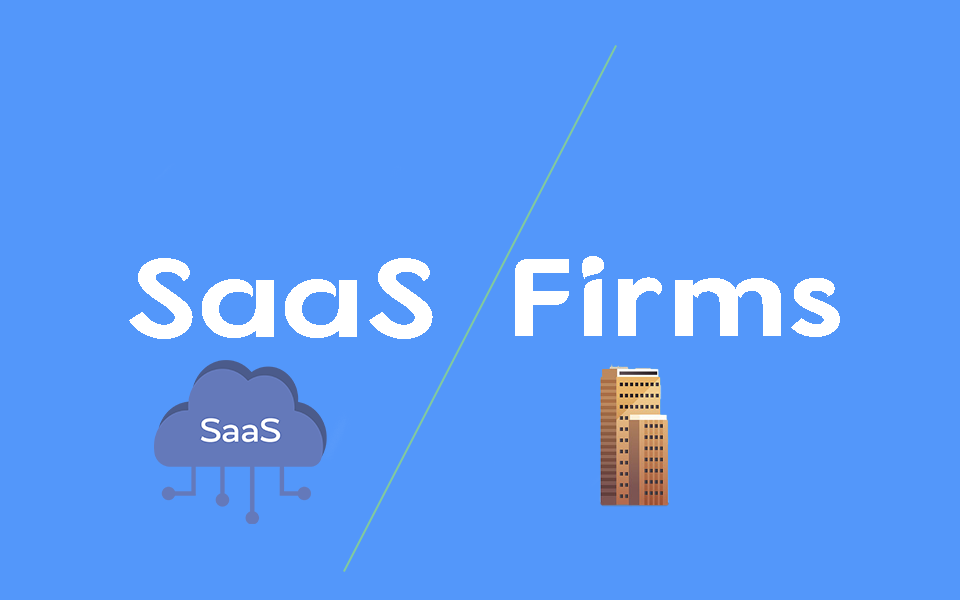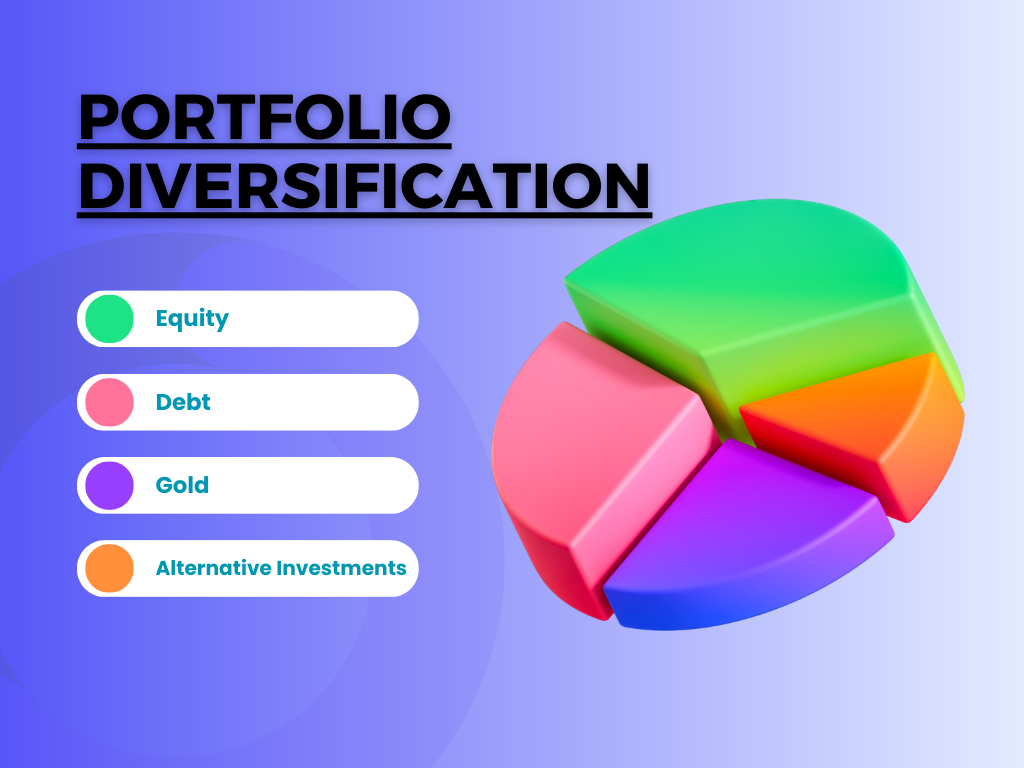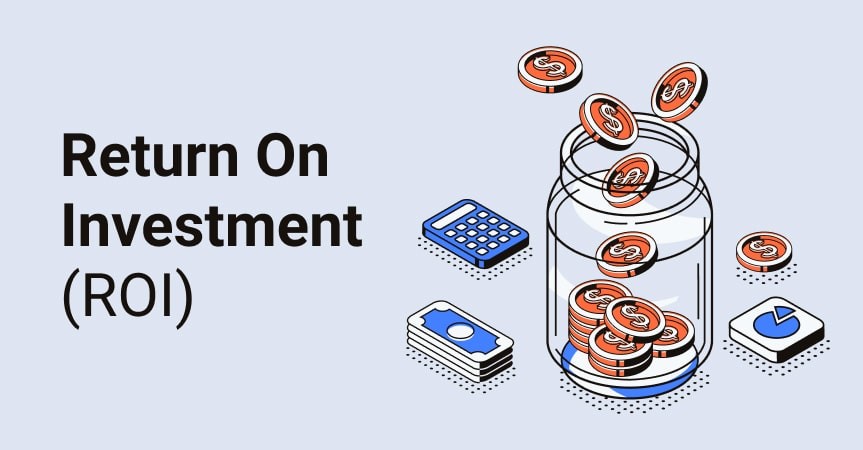Breaking into the world of SaaS VC firms can seem like a daunting task, especially when you’re just starting out.
The landscape is filled with high-stakes decisions and rapid-fire changes. It’s easy to feel overwhelmed by terms like Monthly Recurring Revenue (MRR), Customer Acquisition Cost (CAC), or Churn rate.
“You need years of experience in SaaS before you can understand VC investment strategies.” This simply isn’t true.
Just as there are plenty of people landing top-tier jobs in digital marketing without “official” experience, so too are there individuals making their mark on the SaaS industry with fresh perspectives and innovative approaches.
An Overview of the SaaS Industry and Its Market Growth
The rise in cloud computing has given birth to a rapidly growing industry – Software as a Service (SaaS). With businesses now able to access software applications remotely via internet browsers, it’s no wonder that this sector is seeing exponential growth.
Market projections are impressive.
The study estimates that the SaaS market could reach a whopping $143.7 billion by 2023, signifying its impressive growth potential. This expansion is driven largely by increased demand for remote working solutions due to COVID-19 pandemic restrictions and cost-effectiveness offered by SaaS models compared with traditional on-premise systems.
Innovation through AI and ML: The New Norm in SaaS Product Development?
By leveraging AI and ML technologies, SaaS companies are striving to provide sophisticated user experiences while enhancing operational efficiency.
Take Salesforce’s Einstein platform or Adobe Creative Cloud as examples; both utilize cutting-edge technology like AI or machine learning algorithms within their tools such as Photoshop or Illustrator offering features such as content-aware fill or automatic image resizing respectively.
Data Privacy And Security: A Growing Concern In The SaaS Market
We live in an era where data breaches have become all too common. Consequently, robust cybersecurity measures have emerged as critical concerns within the SaaS industry during product development stages.
Slack provides multiple layers of security, such as 2FA, SSO and encryption at rest and transit, to ensure the safekeeping of confidential business data even when accessed remotely from various devices in different locations. This ensures sensitive business information remains secure even when accessed remotely from various devices across different geographical locations.
Dive into the booming #SaaS industry, projected to hit $143.7B by 2023. Discover how AI and ML are driving innovation while data security remains a top priority. #CloudComputing #AI #CyberSecurityClick to Tweet
Key Metrics for Evaluating SaaS Startups
The landscape of saas investment is evolving at a rapid pace, making the task of evaluating potential ventures more challenging. Venture capitalists and respected SaaS VC firms are leveraging key metrics to make informed decisions about their portfolio companies.
Digging into MRR and CAC
In assessing the health of Saas startups, Monthly Recurring Revenue (MRR) plays an integral role. This figure represents predictable income that can be expected each month excluding one-off fees or variable costs – providing businesses with stability in forecasting future earnings.
On the other hand, Customer Acquisition Cost (CAC), encapsulates all expenses associated with acquiring new customers including marketing spendings and overheads related to sales teams. An efficient operation will have lower CAC while higher values may indicate issues in lead generation or conversion processes needing attention.
The Significance of LTV, Churn Rate & MAU
Lifetime Value(LTV) measures how much revenue a customer generates over time taking churn rate into account which makes it another critical metric when considering long-term sustainability prospects of Saas companies entering this competitive market space.
Churn Rate on its part quantifies how many users discontinue using your product within given period compared against those who remain active. It’s important as high rates could signal underlying problems such as poor user experience or inadequate customer service requiring immediate resolution.
Last but not least, Monthly Active Users (MAU). This helps quantify unique users interacting with your product monthly thereby serving as an effective measure for gauging user engagement levels overtime. All these combined give venture capital firm based investors valuable insights regarding scalability prospects.
Navigating the evolving SaaS investment landscape? Top VC firms use key metrics like MRR, CAC, LTV, Churn Rate & MAU to assess startups’ health and scalability. #SaaSInvestments #VCInsightsClick to Tweet
The Role of Technology in Scaling a SaaS Business
Technology, the unsung hero of any thriving SaaS business, has been instrumental in driving growth and efficiency. Its role cannot be overstated when it comes to managing data influxes, streamlining operations, or automating repetitive tasks.
Leveraging Data Analytics
Data analytics is not just another buzzword; it’s an essential tool for scaling up your SaaS businesses. It offers insights into customer behaviors, market trends, and operational efficiencies, which can guide strategic decision-making processes.
Accel Partners Accel Partners’ portfolio companies have harnessed this power effectively by analyzing user interactions with their software products to identify strengths and areas needing improvement.
This approach permits them to customize their offerings based on actual utilization trends instead of suppositions about what clients need or want from their items. The outcome? Enhanced product-market fit that translates into increased revenue over time.
Embracing Automation
Beyond leveraging data analytics technology for informed decision making lies automation – another critical component in scaling SaaS businesses efficiently. Automation tools take care of routine tasks such as invoicing customers or sending out marketing emails at scheduled intervals, thereby saving valuable time while reducing potential human errors inherent in manual activities.
The impact goes beyond cost savings: modern CRM systems extensively use these features, whether tracking sales leads through different stages of the funnel or automatically updating contact records upon certain actions (like email opens/clicks). In short, embracing technology – particularly data analysis & automation – is non-negotiable if you’re aiming for high scalability levels within the SaaS industry.
Discover how top SaaS firms leverage tech for growth. From harnessing data analytics to refine offerings, to automating tasks for efficiency – it’s a game-changer in scaling businesses. #SaaSTech #DataAnalytics #AutomationClick to Tweet
Characteristics of Successful SaaS Startups
In the rapidly evolving world of SaaS startups, certain traits stand out as markers for success. These characteristics act as a compass, guiding these companies towards growth and long-term sustainability.
The power lies in customer feedback.
A successful startup understands that their customers are at the heart of their business. They place immense value on customer feedback, using it to refine and enhance their products or services continuously. For instance, many respected SaaS VC firms like Bessemer Venture Partners prioritize this approach with its portfolio companies – always striving to improve based on what users have to say about them.
This focus ensures they stay relevant amidst changing market trends while also meeting ever-evolving consumer needs effectively. It’s an essential trait among thriving SaaS businesses; one that keeps them ahead in this competitive landscape.
Focused Value Proposition
Succeeding within the saturated space of software-as-a-service requires crystal clear messaging around your unique selling proposition (USP). Top-performing startups understand precisely which problem they’re solving for clients and how they differentiate from competitors offering similar solutions.
This clarity is echoed throughout every aspect – be it marketing campaigns or sales pitches – making sure potential consumers grasp why choosing them over others would prove beneficial.
This strategy builds trust amongst prospective clientele whilst reinforcing relationships with existing ones: both critical elements contributing towards enduring success within any industry including SaaS ventures.
Raising Significant Funding Before Going Public
Prioritizing funding before going public is another characteristic commonly seen amongst successful SaaS startups such as those backed by global venture capital firm Sequoia Capital Sequoia Capital. Raising significant funds provides these organizations financial stability allowing time needed refining business models without pressure external stakeholders expecting immediate returns investment.
Such methodical planning gives founders breathing room necessary when navigating challenges inherent scaling process thus improving chances achieving sustainable growth longer term periods.
Key Takeaway:
Successful SaaS startups prioritize customer feedback, have a clear value proposition, and secure substantial funding before going public. This triad of traits enables them to stay relevant, build trust with clients, and navigate the challenges of scaling without immediate pressure for returns.
Spotlight on Respected SaaS VC Firms
The venture capital world is filled with organizations that have established a specialty in the SaaS area. These respected SaaS VC firms play a pivotal role in fostering innovation and fueling growth among startups.
Diving into The Role of Early-Stage Funding Players
A standout player in this realm, which has distinguished itself as an invaluable resource for early-stage B2B/SaaS/enterprise startups, provides more than just financial support. This well-known fund offers entrepreneurs strategic guidance to navigate their startup journey successfully.
This significant venture fund ensures founders receive insights from seasoned professionals who have been through similar challenges before. It’s not uncommon for these young companies to benefit immensely from such a hands-on approach, ensuring long-term success and sustainability.
Unraveling Bessemer Venture Partners’ Investment Strategy
Bessemer Venture Partners (BVP), another global venture capital firm based out of Menlo Park, California, stands tall amongst its peers by backing promising SaaS businesses significantly. With over $4 billion invested across various sectors including enterprise-level technology solutions like cloud infrastructure services or cybersecurity systems, BVP takes a unique approach towards its investments.
Bessemer’s strategy involves identifying high-growth potential markets and investing early into transformative companies within those spaces. Their portfolio boasts some notable names like Shopify, Twilio, and LinkedIn – all testament to their knack for spotting winners early on. Besides funding, BVP supports its portfolio companies by providing access to industry experts, networks, and resources necessary for scaling up operations effectively. This blend of financial backing coupled with strategic support makes them one of the most sought-after VCs among ambitious SaaS founders looking forward. To make it big,
Discover how top SaaS VC firms like Bessemer Venture Partners are fueling growth and innovation in startups. Their secret? Early investments in high-potential markets and strategic guidance for long-term success. #VentureCapital #SaaSStartupsClick to Tweet
How Corporate Giants Are Entering The SaaS Market
The rapidly evolving SaaS industry is witnessing a significant influx of corporate giants. These global venture capital firms and business partners are making strategic moves to ensure their presence in this burgeoning sector, leveraging various avenues such as direct investments, acquisitions, or partnerships.
A prevalent strategy involves acquiring promising early-stage B2B SaaS startups.
This approach allows these large-scale enterprises to tap into innovative technologies and novel business models without the need for ground-up development. A case in point would be Microsoft’s acquisition of GitHub and LinkedIn – an explicit commitment towards strengthening its cloud services offerings.
Besides outright acquisitions, forming alliances with established players within the SaaS market is another tactic employed by some corporations.
This collaborative route enables them to harness existing platforms’ capabilities while providing resources that fuel further growth.
An instance worth mentioning here includes Apple’s partnership with Salesforce, a leading CRM software provider aiming at enhancing mobile business applications.
Diversification Through Investments In Promising Startups
In addition to mergers or collaborations with current industry participants, many corporate giants invest directly in budding early-stage tech companies via their venture capital arms. Google’s investment arm, CapitalG, has made several noteworthy investments like Looker Data Sciences specializing in big data analytics—a thriving segment within the broader SaaS businesses landscape.
Such diversifications not only offer financial returns but also provide access to new technologies which could potentially integrate into their own product suites down the line.
The Role Of Innovation Labs And Incubators
Certain corporates opt for an alternative path—setting up dedicated innovation labs or incubators aimed solely at developing cutting-edge solutions specific niches of the SaaS projects space.
A prime example is SAP’s AppHaus network where they work closely on next-generation software projects focused around user experience design principles alongside customers and partners alike.
Key Takeaway:
Big-name corporations are storming the SaaS market with a three-pronged strategy: snapping up promising startups, forming alliances with established players, and diversifying through direct investments. Some even set up innovation labs to foster cutting-edge solutions. It’s all about securing a slice of the booming SaaS pie without starting from scratch.
Looking Ahead – Future Trends in the SaaS Industry
The SaaS industry is a dynamic landscape, continuously evolving and innovating. As we peer into the future, several emerging trends have the potential to reshape SaaS investments.
AI and Machine Learning Take Center Stage
In an era where data reigns supreme, artificial intelligence (AI) and machine learning are becoming indispensable tools for SaaS companies. According to Forbes, by 2025 AI could account for $60 billion of global market share with significant contributions from innovative applications in the SaaS space.
This shift towards intelligent software solutions capable of automating tasks or predicting user behavior signals a new frontier for SaaS investors as they navigate this increasingly complex marketplace.
With high-profile breaches affecting millions worldwide, data privacy has become more than just buzzwords. Governments globally have enacted stringent regulations like GDPR in Europe or CCPA in California aimed at safeguarding consumer data rights.
This emphasis on robust security measures presents both challenges and opportunities within the SaaS realm, making it an important consideration when assessing prospective investment options.
Rise of Vertical SaaS Solutions
In recent years, the emergence of vertical SaaS solutions catering specifically to niche industries rather than broad-based markets represents another noteworthy trend. These specialized platforms offer tailored functionality addressing unique needs inherent within specific sectors such as healthcare, real estate, or manufacturing, thereby providing a greater value proposition compared against generic counterparts.
This focus on specialization offers untapped potential, particularly attractive for venture capital firms seeking novel avenues amidst an otherwise crowded SaaS marketplace.
Peering into the future of SaaS investments, AI could hold $60B in global market share by 2025. As data privacy laws tighten and vertical solutions rise, VC firms are navigating a dynamic landscape ripe with opportunity. #SaaS #AI #InvestmentTClick to Tweet
Conclusion
The SaaS market is an ever-evolving, expanding domain that has been driven by advanced tech and the steady progression of data analysis. It’s being propelled by innovative technologies and the continuous evolution of data analytics.
Key metrics like MRR, CAC, LTV, Churn rate, and MAU are essential tools for SaaS VC firms to evaluate potential investments in this space.
Tech plays an integral role in scaling these businesses. Data analytics informs decision-making while automation boosts efficiency.
Successful startups often share common traits – they offer valuable products that are user-friendly and prioritize customer feedback for improvement.
SaaS VC firms such as Sequoia Capital or Andreessen Horowitz have made their mark by investing heavily in promising SaaS companies. Other notable players include The SaaStr Fund with its focus on early-stage funding and Bessemer Venture Partners managing billions across various sectors, including SaaS businesses.
Intriguingly, even corporate giants aren’t shying away from entering the crowded SaaS market through strategic acquisitions or investments into promising startups.
Moving forward, we can expect more exciting trends shaping up the future landscape of SaaS investment strategies. This fast-paced world of software-as-a-service continues to evolve at breakneck speed – it’s certainly one to watch!
If you want to learn more about this, sign up for my newsletter.


